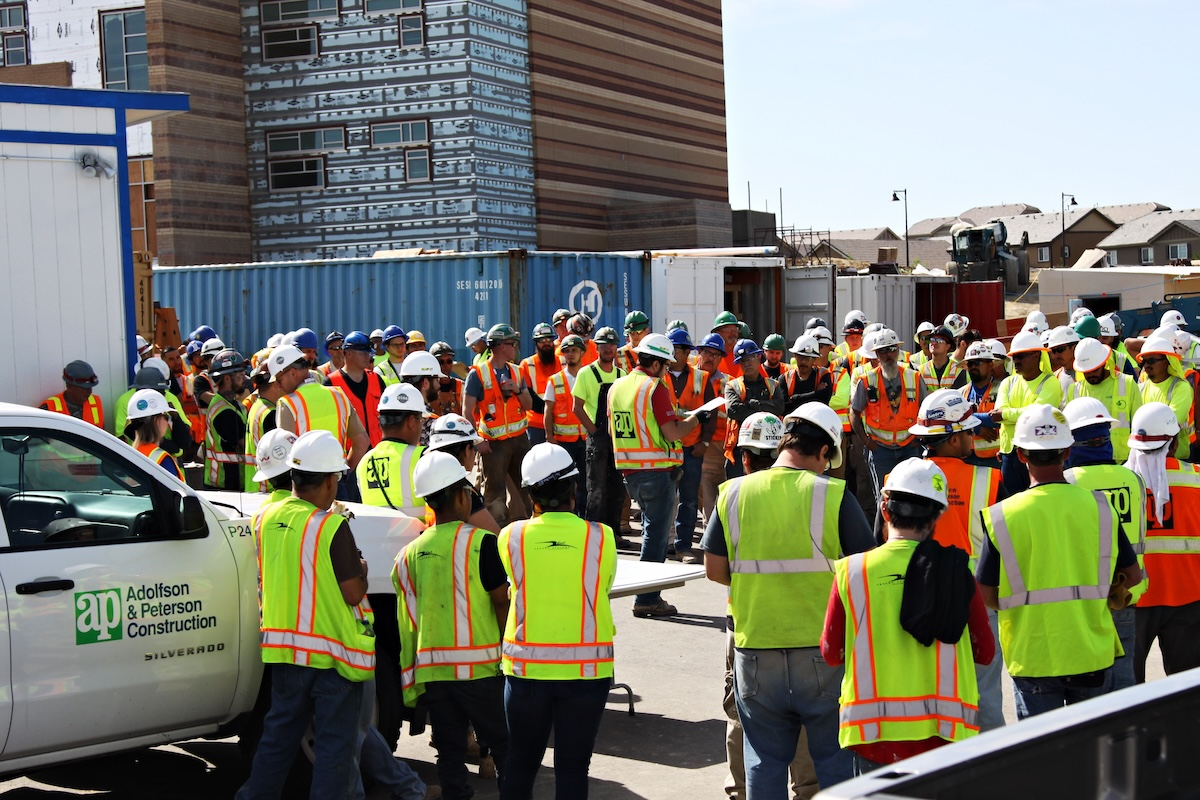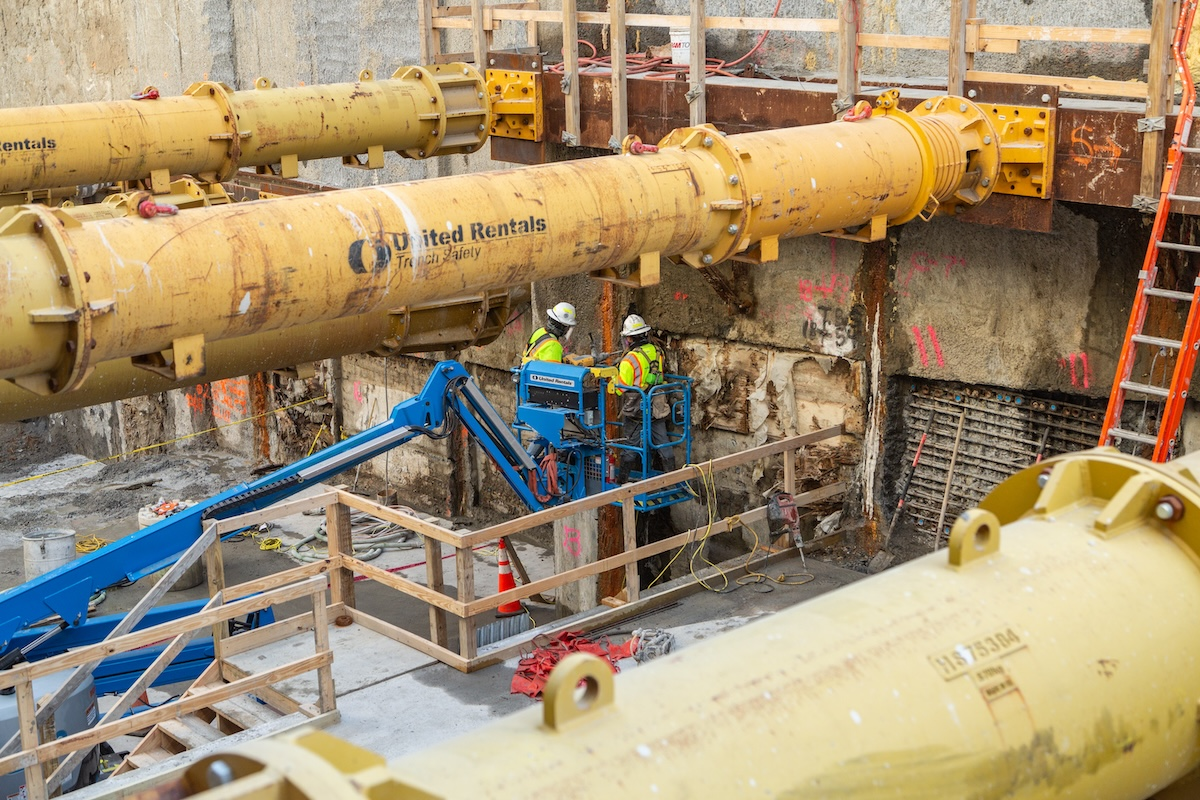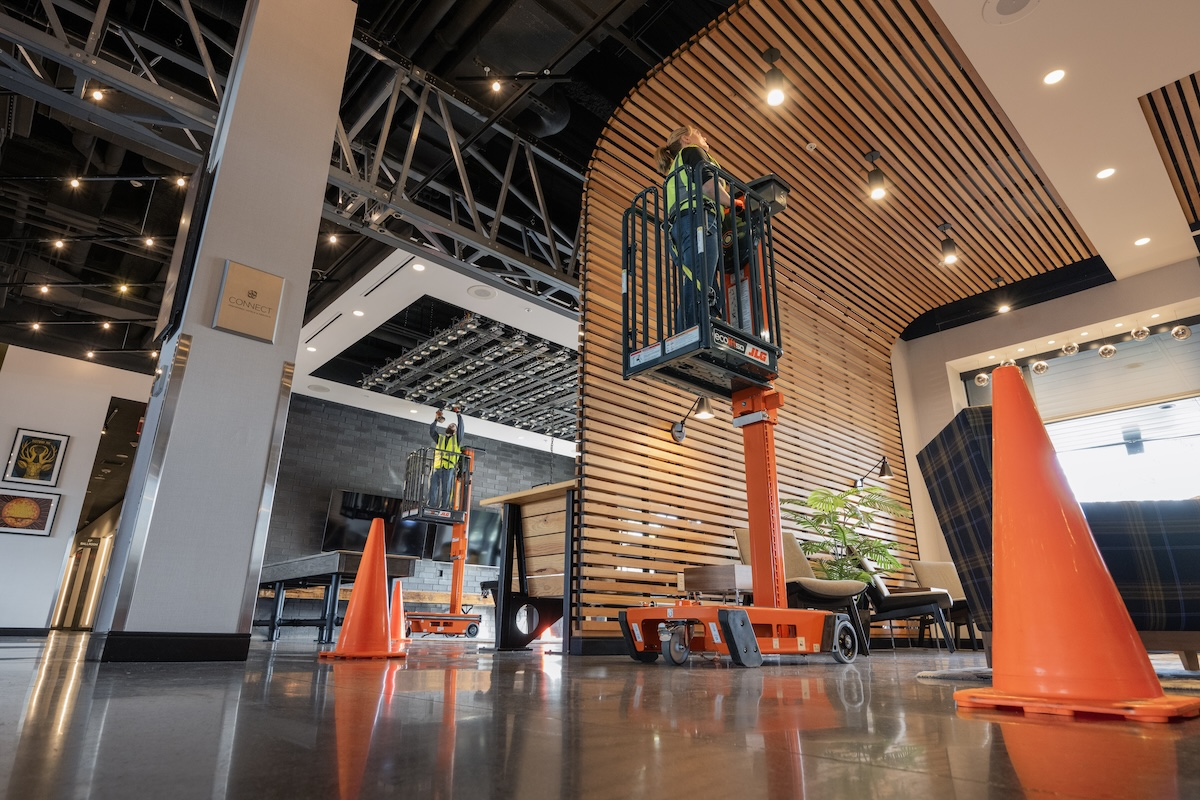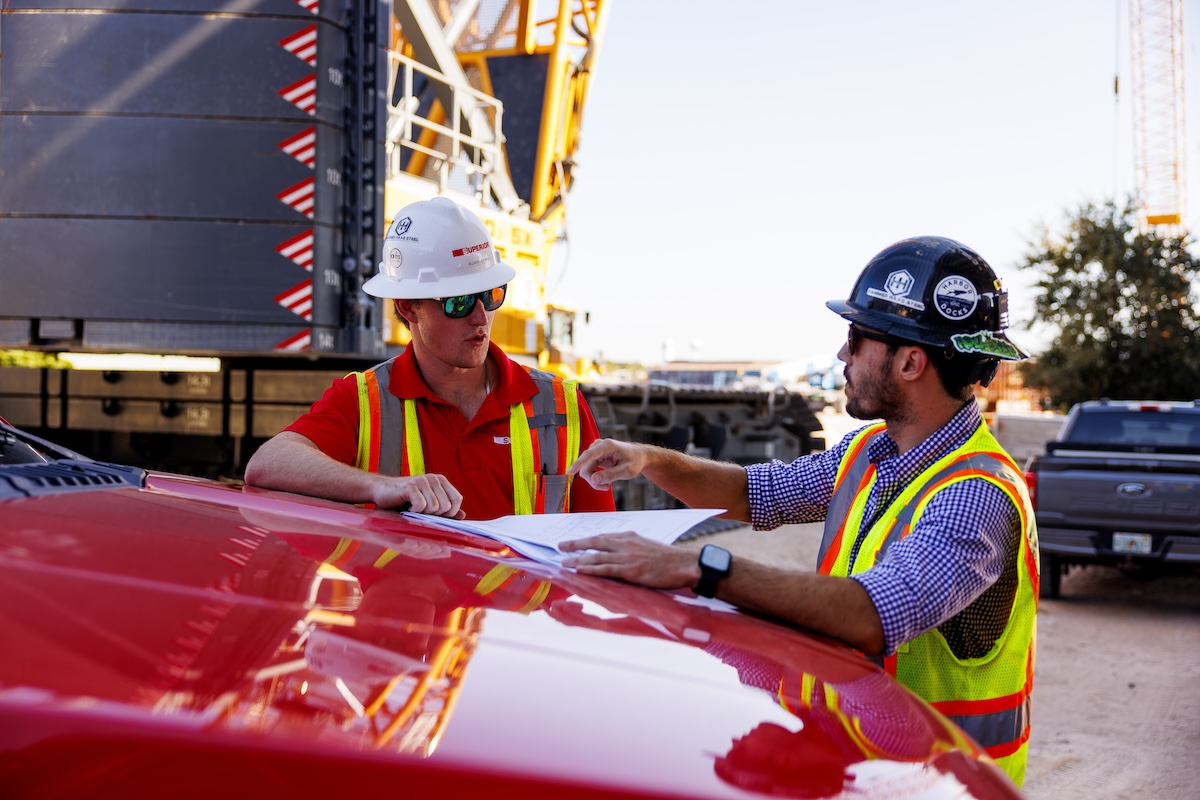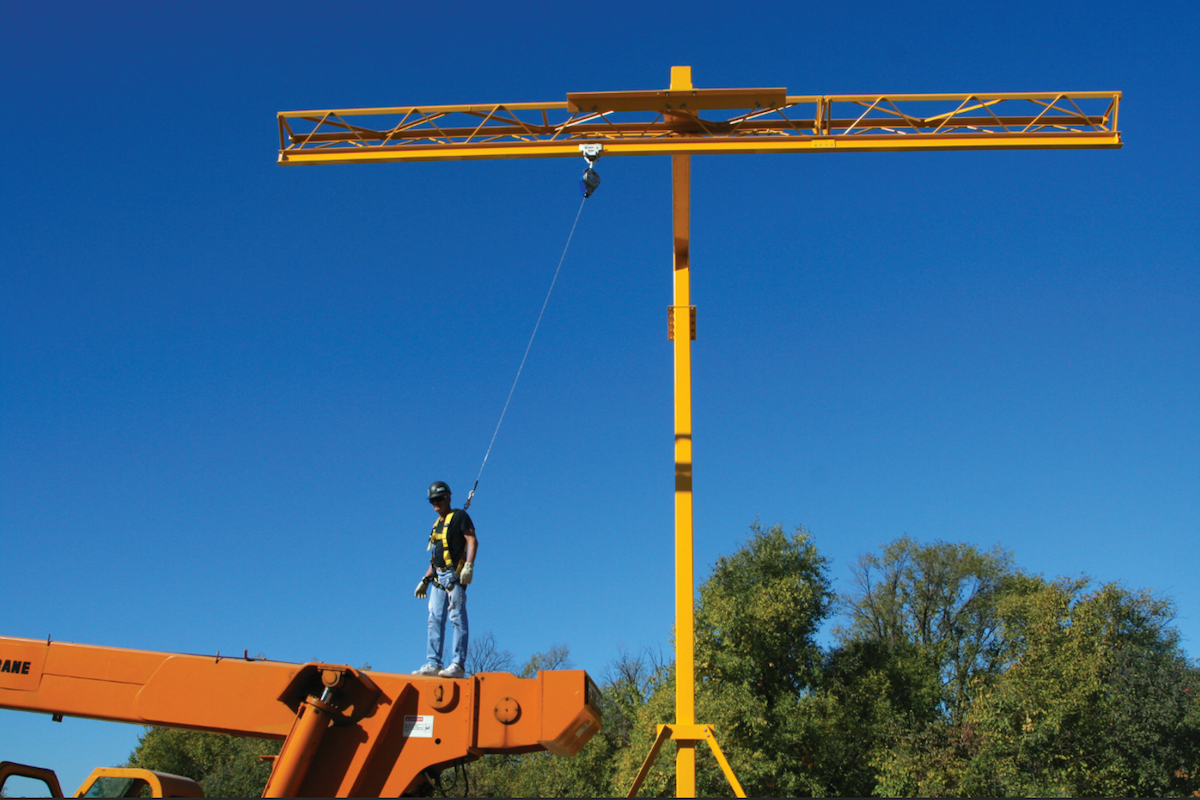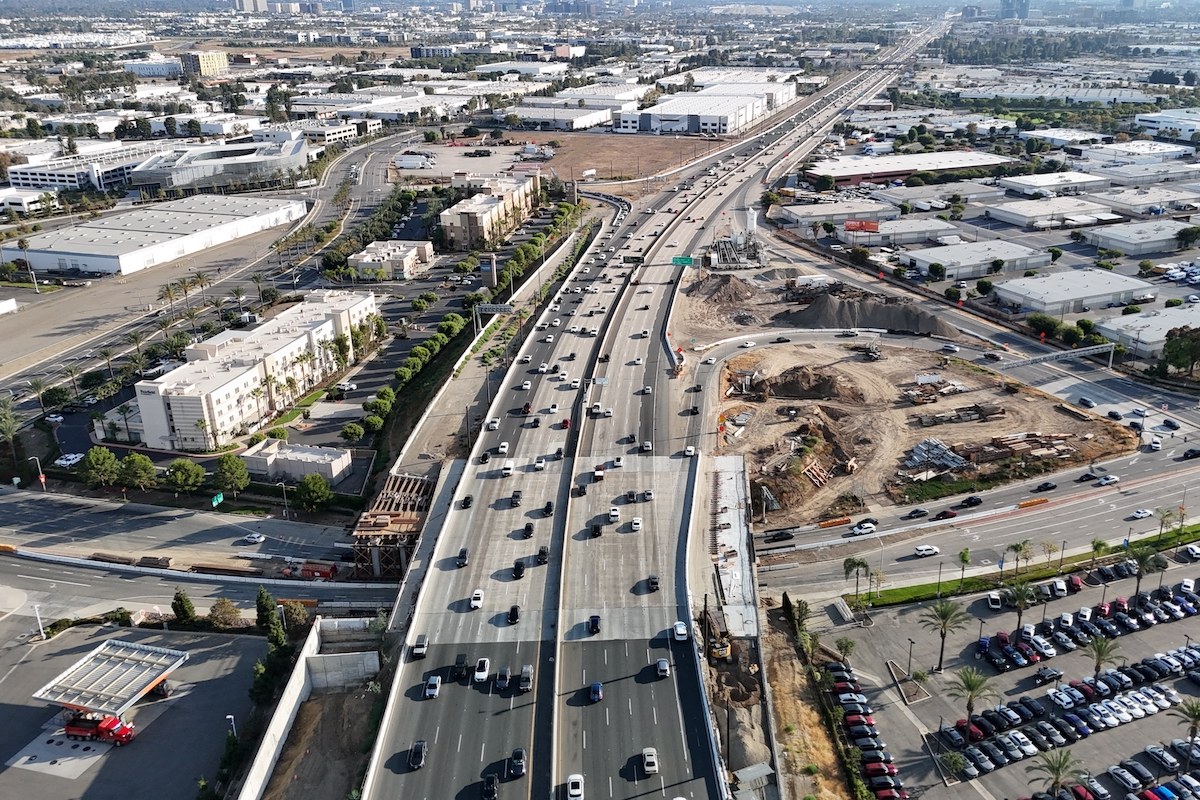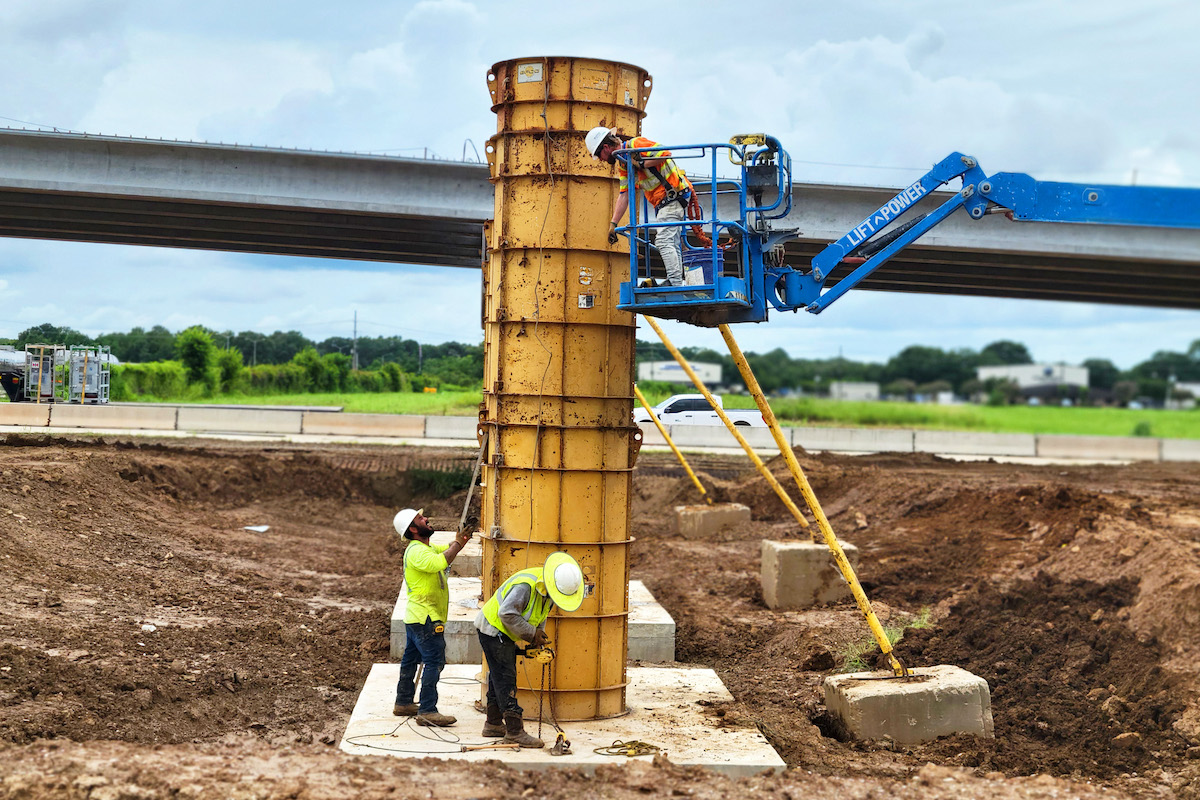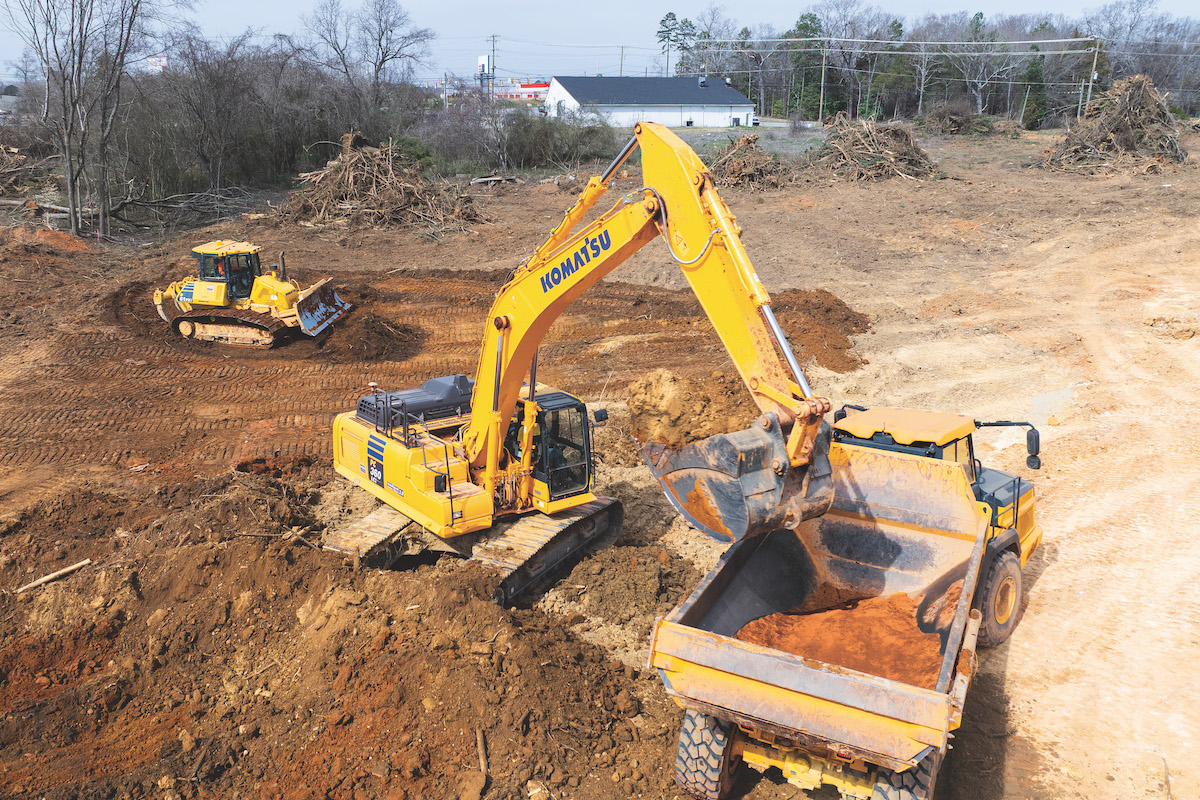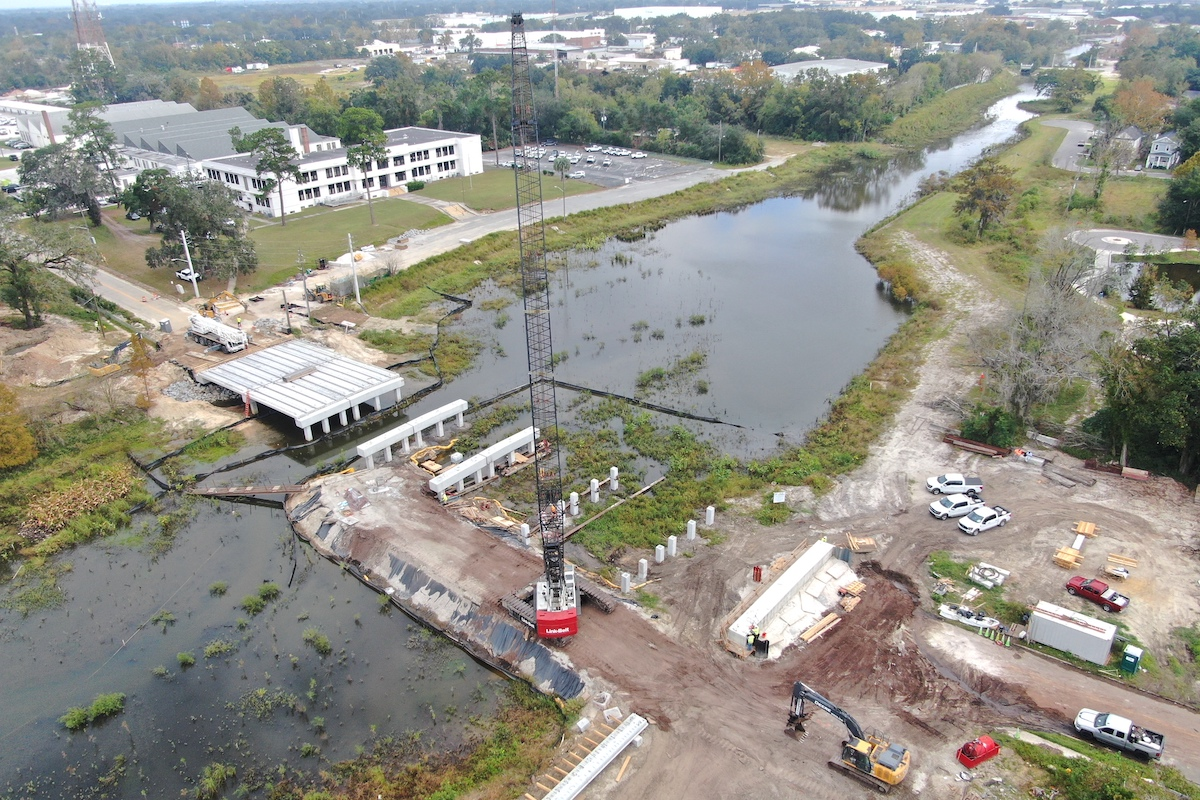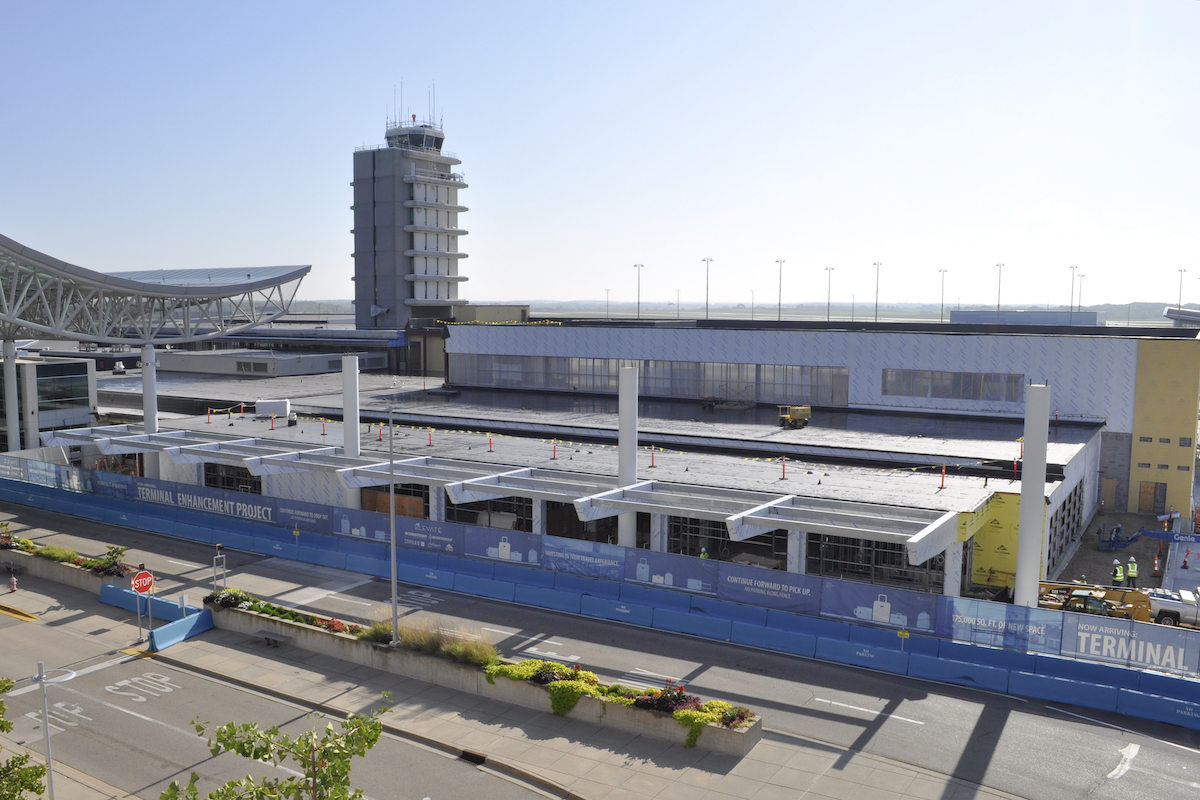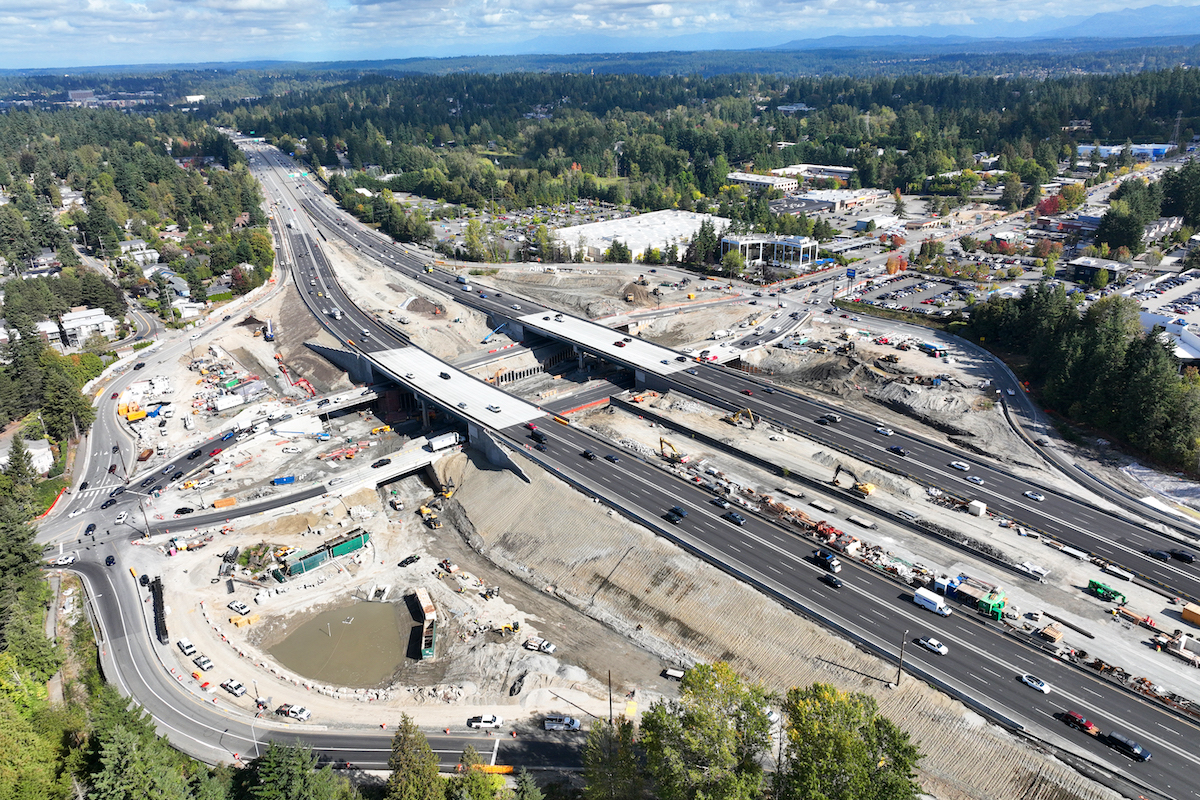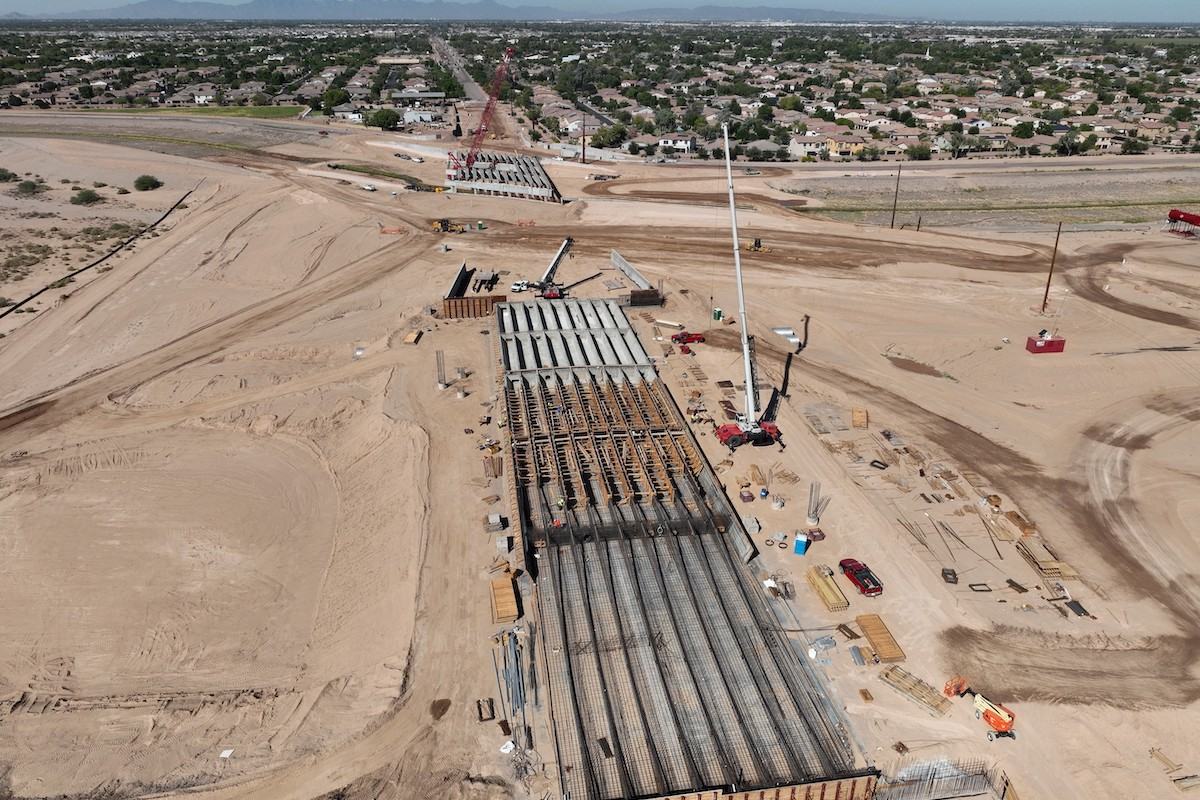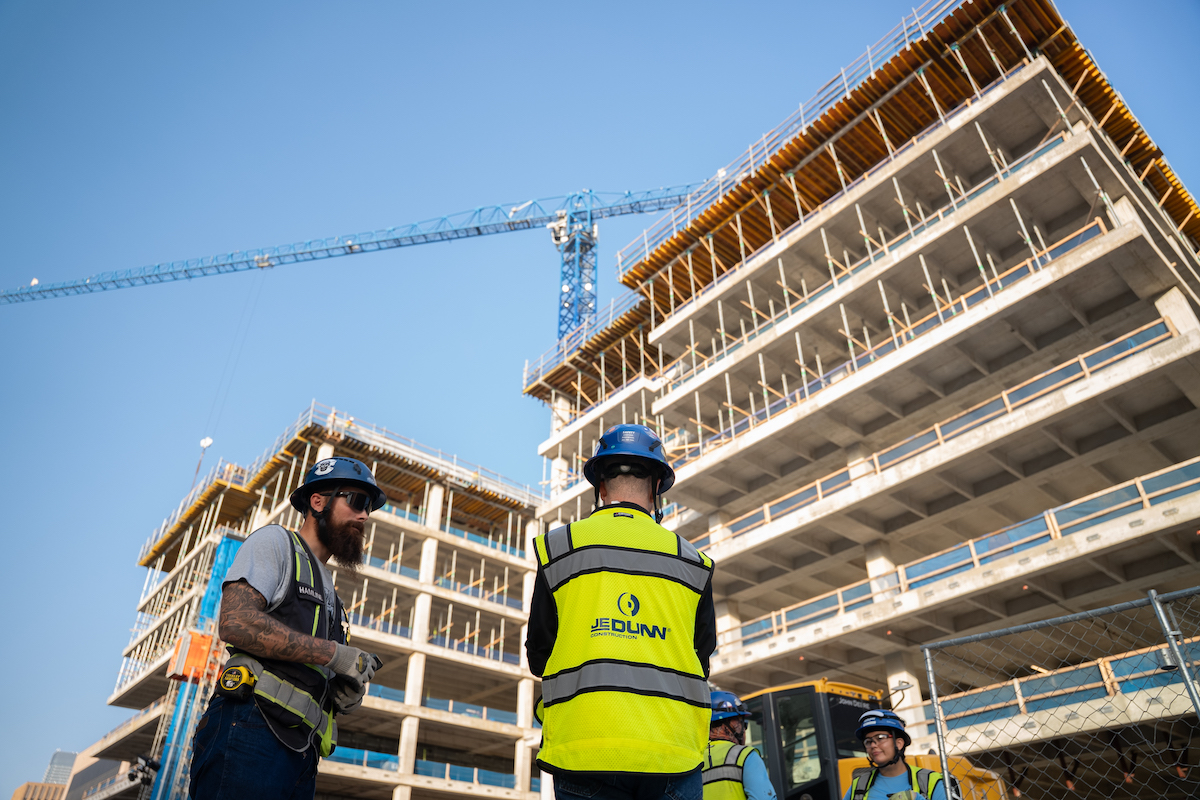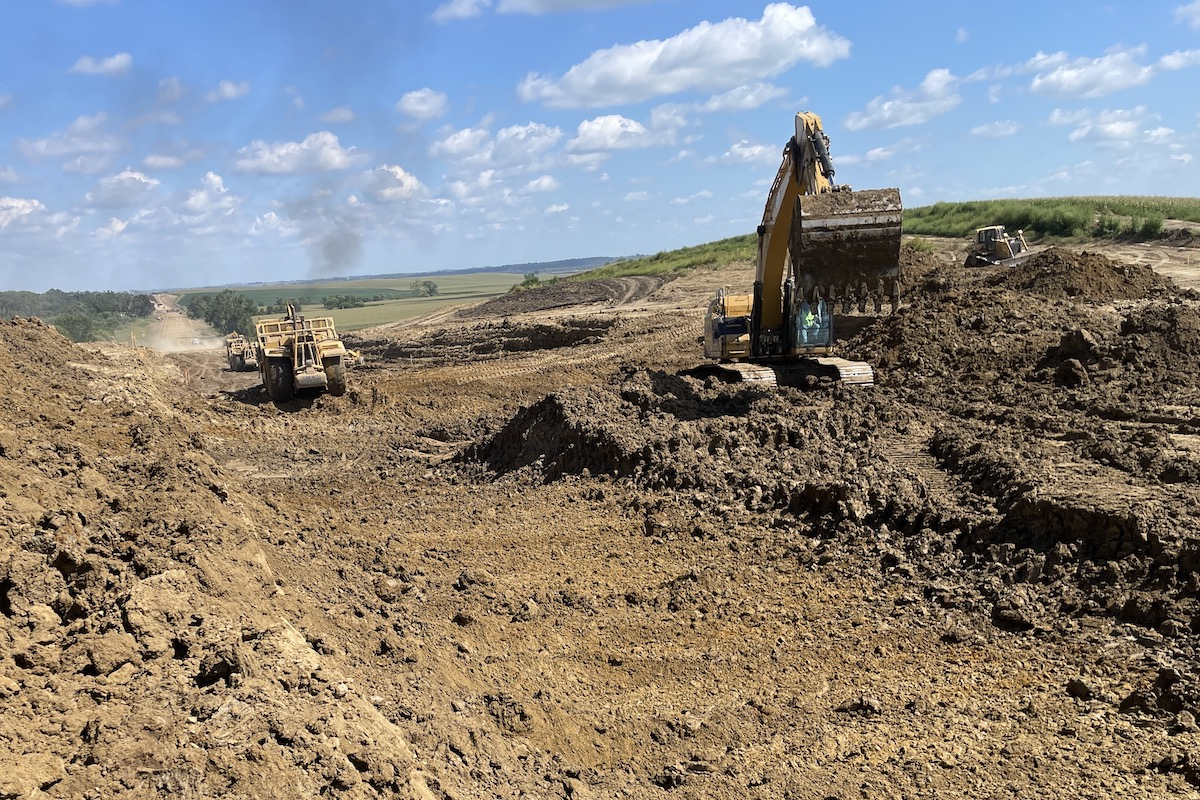Production efficiency in the construction industry has stagnated in the last 50 years, yet demand continues to increase. With an aging workforce and fewer students entering the trades, the mandate is clear: Find effective alternatives.
Modular construction is a proven, accessible solution to drive speed, efficiency, and cost savings by allowing simultaneous site work and fabrication.
The North American modular construction market is expected to reach $42.58 billion by 2029, according to a recent report from Research and Markets. Modular commonly refers to construction projects where significant portions of a structure or building are prefabricated in a factory setting and then transported to the construction site for assembly. This technique allows for faster build times, improved quality control, and reduced onsite labor compared to traditional construction methods.
The rapidly growing modular market has proven to yield meaningful results, delivering both productivity gains and cost savings. Yet some may consider modular just the latest tech buzzword to infiltrate the construction industry. Education is needed to showcase the value of these practical solutions to address mounting challenges while helping to accelerate project timelines and improve job site efficiencies.
To illustrate the impact on today’s increasingly complex projects, I offer three key reasons to consider modular construction.
Most manufacturers, from construction equipment to electronics, deploy some type of assembled solution to enhance production lines. It makes the most of the time available for production by applying modular principles to parts lists that can be assembled offsite and delivered to the production line for quick installation.
For example, automotive transmissions are built in a completely different plant from the final vehicle assembly plant. The key efficiency here is that the transmission builder is highly specialized in the product area and the assembly line work team only needs to fasten the “modular” system into place.
Imagine finding the assembled solution for your project that makes your production team truly efficient in their daily work. Relying on trusted industry partners can help you understand the unique manufacturing requirements and identify the optimum product basket to deliver an assembled solution.
When you think of the Activity Hazard Analysis (AHA) for your job site, wouldn’t you like to eliminate as many risk factors as possible? One way to eliminate risk is to simply minimize the opportunity.
By taking labor and materials to an offsite location for assembly into large chunks that are then installed onsite, you reduce the opportunity for work-related accidents. A modular approach eliminates activities such as fastening, welding, cutting, and more.
Moving to modular also allows for a more controlled environment with reduced onsite work, less onsite traffic, and overall improved quality control. That reduces many traditional construction site hazards and injuries and allows for improved implementation of safety protocols.
The bridge industry, for example, has been utilizing the modular concept for years, increasing safety for workers as well as the traveling public. Incorporating temporary modular bridges allows traffic to travel away from the work site, which is a win for everyone.
Safety is a journey — not a destination. Making modular part of that journey is in the best interests of you and your team.
A construction team’s primary goal is to complete projects safely and per requirements, coming in at or better than budget. Leveraging the modular mindset offers the greatest advantage as you seek opportunities to meet this goal.
For example, by utilizing a modular concept, some wastewater treatment plants can be produced in a factory and moved into position. This allows for faster implementation and commissioning, as well as operational savings throughout the life of the facility. With fewer worker hours and SKUs onsite, you reduce the opportunity for loss and increase the opportunity to delight your customer.
Modular reduces waste and enhances overall quality to ensure consistent, high-standard results. The time has come to embrace and incorporate its capabilities into your scope.
I encourage you to explore your options and consider the industry partner ecosystem to help make modular construction a reality and embrace the change. The adoption of modular techniques has the potential to transform your job site, helping you deliver projects on time and on budget and improve overall client satisfaction to pave the way for even more opportunity in the future.
Kent Anderson, Senior Business Development Manager, began his career with Wesco in the manufactured structures division and has since held positions in administration, sales, and management. In 2019, he helped establish a business development team focused on offsite construction, retail/commercial, and specialty vehicles. He sits on the Modular Building Institute’s Board of Directors and serves as Treasurer.





